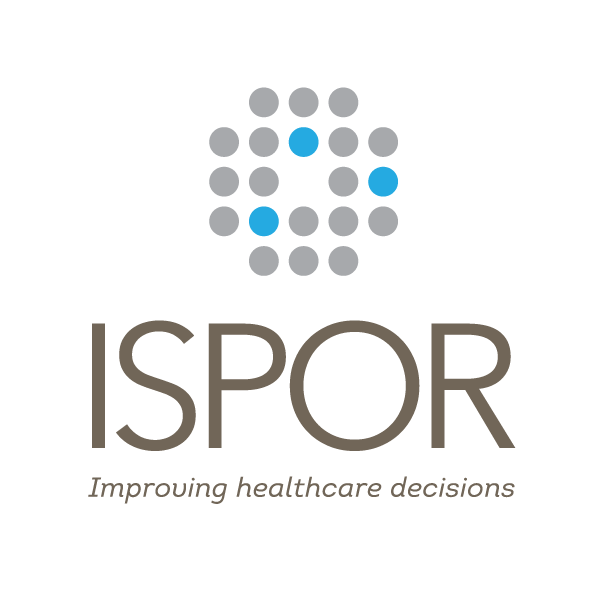Newswise — Lawrenceville, NJ, USA—April 8, 2020—Value in Health, the official journal of ISPOR—the professional society for health economics and outcomes research, announced today the publication of an article highlighting US Food and Drug Administration (FDA) guidance and lessons learned regarding the use of patient preference information for FDA decision making about medical devices. The report, “Integrating the Voice of the Patient Into the Medical Device Regulatory Process Using Patient Preference Information,” was published in the March 2020 issue of Value in Health.
In recent years, the FDA, the European Innovative Medicines Initiative PREFER initiative, and health technology assessment agencies have made strides to incorporate patient preference information into their decision making. As part of that effort, the FDA issued final guidance in August 2016 on how to incorporate patient preference information in benefit-risk decisions for medical device marketing applications.
“Our commentary discusses key concepts in the FDA guidance document,” said author Michelle E. Tarver, MD, PhD, US Food and Drug Administration, Center for Devices and Radiological Health, Silver Spring, MD, USA. “In addition, it underscores lessons learned from the use of patient preference information for medical device regulatory applications to date and identifies new opportunities to leverage patient preference information to elevate the patient voice in the medical device product life cycle.”
The commentary outlines the lessons learned thus far in the use of patient preference information in practice, highlighting several action steps researchers can take to ensure that elicitation of patient preference information has regulatory relevance. The authors also describe several opportunities for patient preference information studies to inform clinical trial outcome selection, performance thresholds, and sample size.
“Enhancing the science of patient input will remain a priority at FDA’s Center for Devices and Radiological Health,” noted Tarver. “As part of the Medical Device User Fee Act IV, the center committed to advancing the use of patient input in the regulatory process through building expertise and capacity, holding public meetings to clearly communicate regulatory approaches, and undertaking activities to improve the regulatory predictability and impact of patient preference information. With regulators, industry, researchers, patients, and professional organizations working collaboratively, the field of patient preference information can advance and have widespread impact on public health.”
###
ABOUT ISPOR
ISPOR, the professional society for health economics and outcomes research (HEOR), is an international, multistakeholder, nonprofit dedicated to advancing HEOR excellence to improve decision making for health globally. The Society is the leading source for scientific conferences, peer-reviewed and MEDLINE®-indexed publications, good practices guidance, education, collaboration, and tools/resources in the field.
Website | LinkedIn | Twitter (@ispororg) | YouTube | Facebook | Instagram
ABOUT VALUE IN HEALTH
Value in Health (ISSN 1098-3015) is an international, indexed journal that publishes original research and health policy articles that advance the field of health economics and outcomes research to help healthcare leaders make evidence-based decisions. The journal’s 2018 impact factor score is 5.037. Value in Health is ranked 5th of 98 journals in healthcare sciences and services, 4th of 81 journals in health policy and services, and 11th of 363 journals in economics. Value in Health is a monthly publication that circulates to more than 10,000 readers around the world.
Website | Twitter (@isporjournals)
